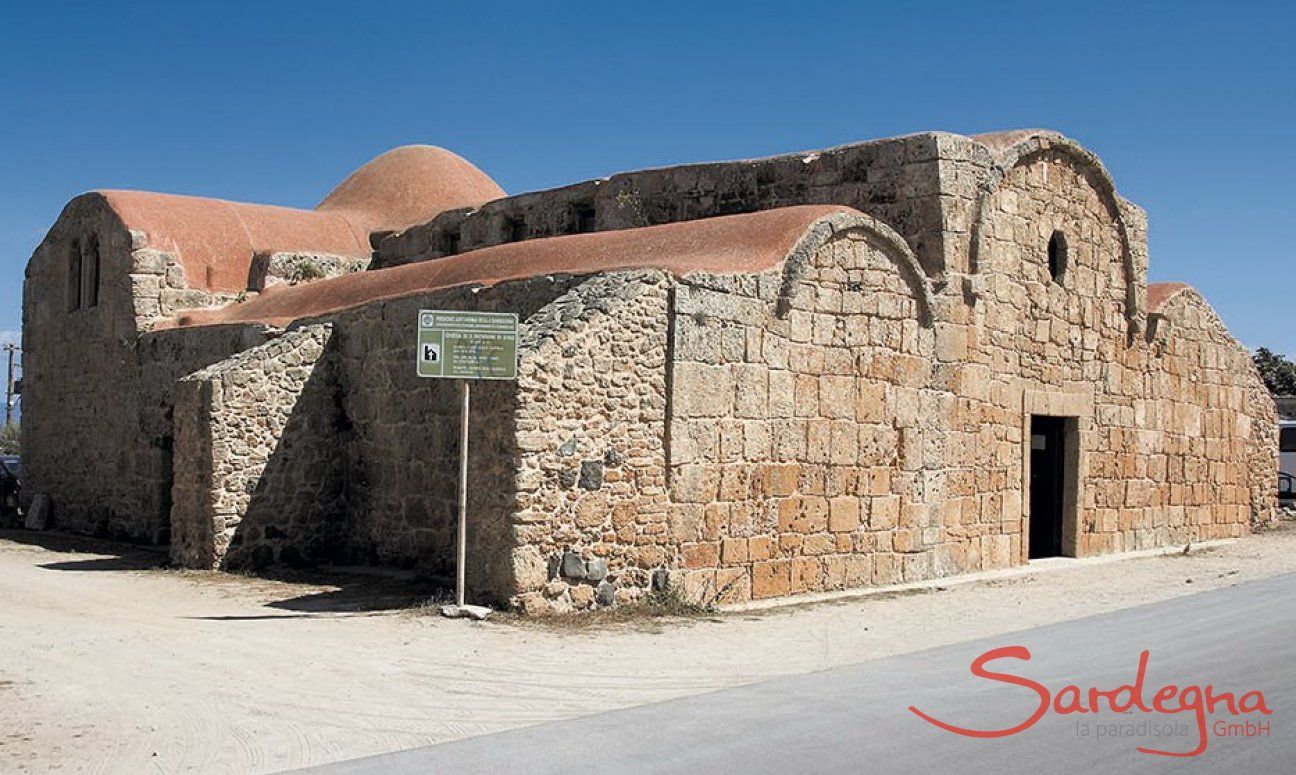
Middle Ages
Sardinia reached its religious, economic and cultural zenith around 10 AD – with monumental Romanesque religious buildings, which were also inspired by the styles of Pisa, Lucca and Pistoia.
Details
Sardinia in the Middle Ages: sacred buildings and cultural blossoming
In the face of increasingly frequent raids by the Arabs, the Sardinians retreated into the hinterland and achieved a certain degree of autonomy from Byzantium. This was the beginning of an artistic, cultural and religious development: in the year 10 AD, many beautiful Romanesque churches, impressive paintings and noteworthy architecture emerged. The island’s stone was the ideal raw material for the continental influence and inspired high art forms.This gave rise to some of the most significant examples of sacral art of the Middle Ages, such as the unparalleled façades of the Romanesque church of Saccargia and the church of San Pietro in Sorres: here, limestone and trachyte alternate in a fascinating interplay of light and dark. The arrangement of the white and black stones followed the pattern of Tuscan architecture from the area of Pisa, Lucca and Pistoia.
Nevertheless, the extraordinary development of religiosity, culture and economy by no means resulted in political stability. The Sardinians continued to fight amongst themselves, whilst the Spaniards, Austrians and the House of Savoy were already approaching on the horizon. In 1848, the Sardinians finally united with Piedmont in the hope that the Italian risorgimento (‘revival’) would also give the neglected island a fresh start. Hope that was, unfortunately, in vein.
